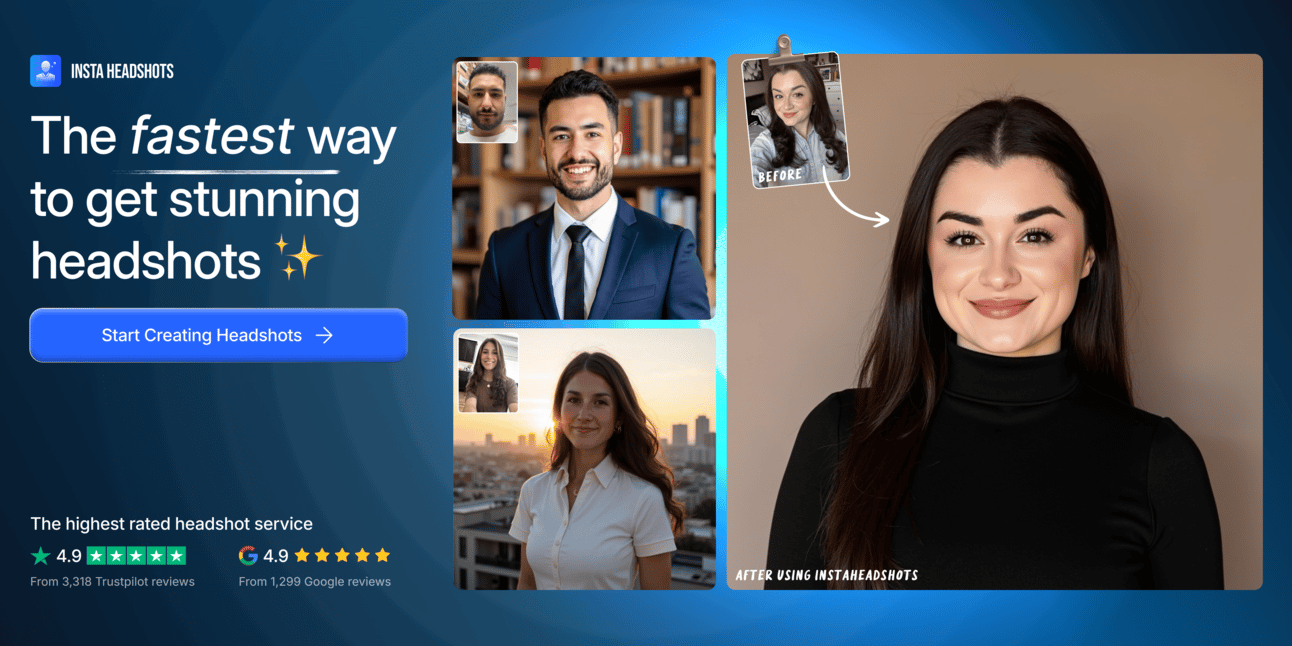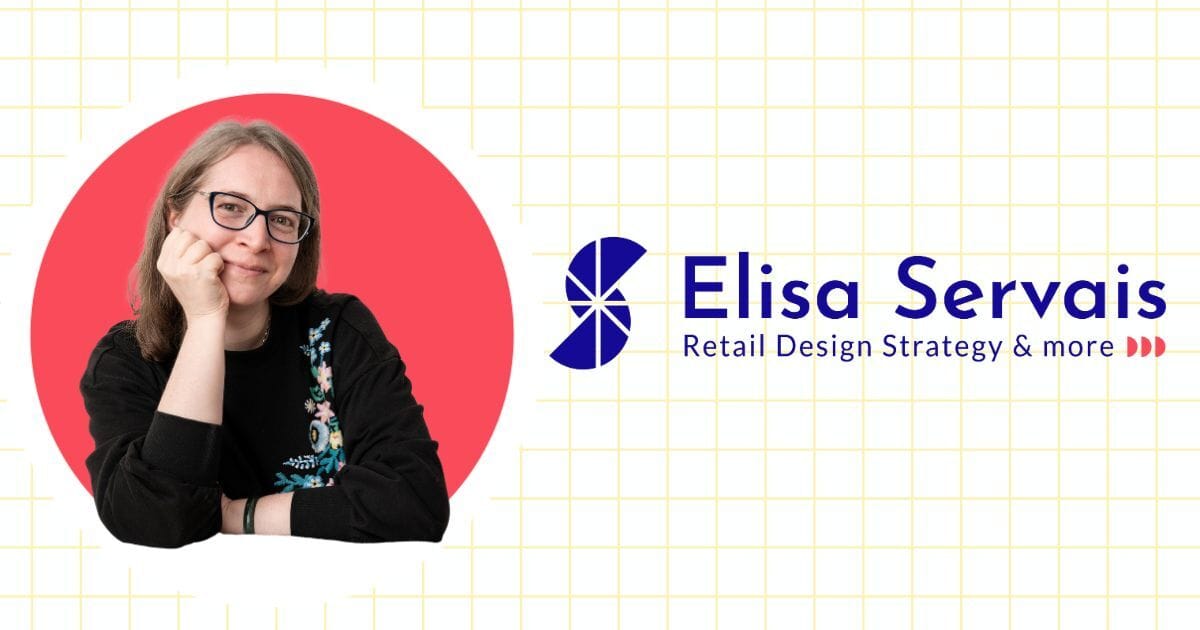
mornin' merry makers 🎨🏪🌍📚✨
there's retail design that looks pretty.
then there's retail design backed by 18 years of experience & a phd.
meet today's behind the stores guest elisa servais.
she spent years researching what makes in-store experiences valuable, observing and interviewing customers/retailers/designers across continents, and diving deep into the academic side of something most people think is purely creative.
turns out there's serious science behind why some stores make you want to linger and others make you want to leave.
now she's translating that research into real-world design strategies that help brands create stores people actually remember. from her base in brussels, she's working with retailers who want to go beyond pretty spaces to build genuine brand universes.
in the age of instant everything, a store visit must feel like a main character moment.
in today’s letter, you'll learn:
→ what customers really prioritize in stores (hint: it's not what designers or most corporate employees think)
→ the surprising "more" principle elisa discovered through her phd research
→ how uniqlo's store design beats zara, h&m, and mango
→ the overlooked signage trick that instantly connects with customers
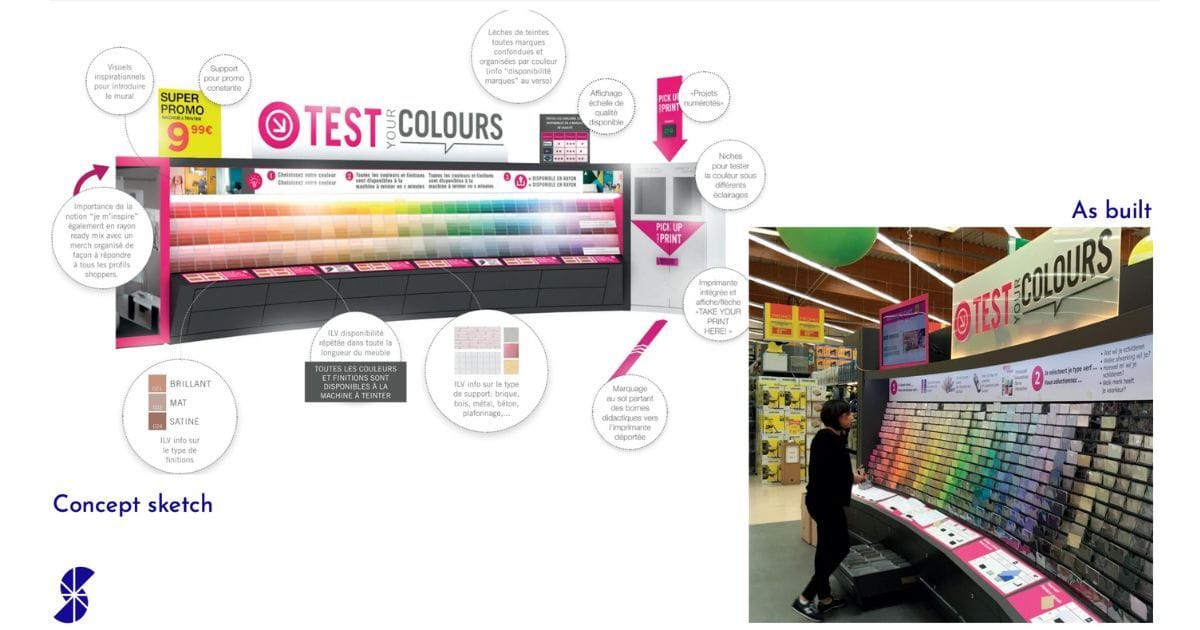
bts q&a: elisa servais
I’m a VERY passionate retail designer with 18+ years of experience. So passionate that I conducted a PhD on the topic of “valuable in store experiences” and am now Doctor of Retail Design. >_<
Late last year I launched my retail design consultancy practice to share my passion as well as my accumulated academic and field knowledge with as wide an audience as possible. I currently offer four types of services: retail design consultancy, education, public speaking and trends/ inspirations (via various podcasts, publications and curated retail tours); but am also always open to new discoveries, challenges and connections. ;-)
Q2: you've lived and worked in michigan, shanghai, london, and brussels. how have these different cultural contexts influenced your approach to retail design?
Living in these various places has shown me the importance of understanding and making the most of the local context.
The more localized the store experience = the more potential to connect to the local audience, but also to surprise the travelers - in both instances creating memorability and the ever crucial loyalty.
This explains the return in interest for smaller local, often specialty, retailers such as butchers, bakers, flower shops, etc. But bigger structures are also catching on with a growing application of glocalization: recognizable global identity, localized experiences.
Aesop has been amazing at applying this from the very start, Starbucks quickly caught on and now I personally feel Adidas is doing great things on this front. Another example I love is Dandoy, one of my favorite Belgian retailers, which I wrote about here.

Q3: when getting your phd in retail design, what did you find to be the biggest gap between what academia thinks about retail and what actually works in practice?
Interestingly I would say that the gap isn’t in the “what”, as in the content of knowledge, but in the “how, as in the form this one takes. My experience is that there is a massive amount of invaluable academic knowledge out there which could be SO useful to retail (design) practices… but it is most often extremely hard to access.
Why? First, a lot of this knowledge lives in online libraries which are NOT open access and do not encourage practitioners to visit.
Second, the style of writing is… well: academic and so quite heavy to digest.
My dream would be for this knowledge to be translated into practitioner lingo, and if not shared more intentionally, at least made more easily accessible via open knowledge platforms.

Q4: your research explored "what makes an in-store experience valuable." what was the most surprising finding from your studies?
Two things stand out.
One, when I interviewed customers on what constitutes a “valuable in-store experience”, most mentioned service first, then the store environment and last the offer. This highlighted to me the specific role of the physical store within a retailer’s omnichannel strategy: online is favored for the offer, in turn bringing expectations of “more” from the offline channels, either in terms of service and/ or store design.
And this represents what I would consider the second surprising result from my research: this notion of “more”. The idea that to guarantee the MOST valuable in-store experience possible, retailers today need to go beyond customer expectations at EVERY VISIT!
This represents a new challenge for retailers and designers alike, but one which with the help of my research results I can assist both in tackling. ;-)

Q5: when you walk into a retail space, what's the first thing you notice that most people miss?
How well the store design translates the retailer’s UNIQUE brand identity.
Physical stores represent the only opportunity for retailers to connect with their target audience in a 360-degree sensory manner. There are thousands of beautiful stores out there, but those that stand out to me are the ones which are not only aesthetically pleasing but which manage to create a complete brand universe.
To illustrate: though I find the new Zara, H&M & Mango store designs stunning, I also feel they are too similar to each other, lacking brand distinction and thus instant recognizability.
This is why I still prefer Uniqlo who, for me, stands out with its 100% unique branded store design.
Q6: many retailers see design as a cost center rather than a revenue driver. how do you help them reframe this thinking?
I ask them how THEY shop today.
Do they only visit a physical store to make a purchase OR do they first browse the online shop, maybe ask friends for recommendations, check socials for inspiration before going to the physical store to trial and perhaps ordering via the mobile shop…?
The days of the ROI per square meter are long gone!
Customer behaviors have changed, and we have to accept that today the costs and revenues of a physical store’s design should be considered within an overall omnichannel strategy. Physical stores can’t be considered in silo as sales generators of their own anymore, but rather, just as advertising campaigns, be seen as contributors to an overall marketing mix.
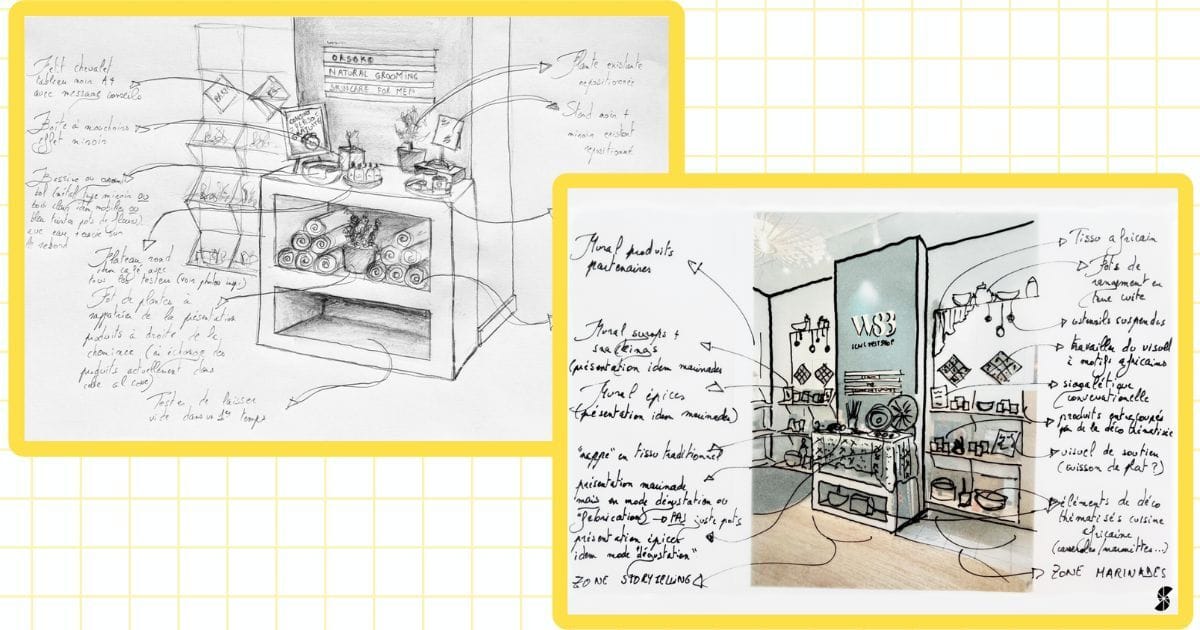
Q7: what's one small design change that can have an outsized impact on customer behavior?
As mentioned above, customers first mention service when they talk about valuable in-store experiences.
My advice for any retailer looking for quick wins would be to consider what can streamline the service delivery; and the best way to find out is to ask the sales staff.
A second “easy” retail design implementation which is still too often under-utilized in my eyes is conversational signage. This is such a great tool, as it not only helps customers find their way throughout the store (thus helping with the need for reassurance) but also provides a glimpse into the retailer’s personality (thus easing that important connection creation).
Think Trader Joe’s and its unique blackboard signs or look at this example from a store I particularly like in Antwerp.
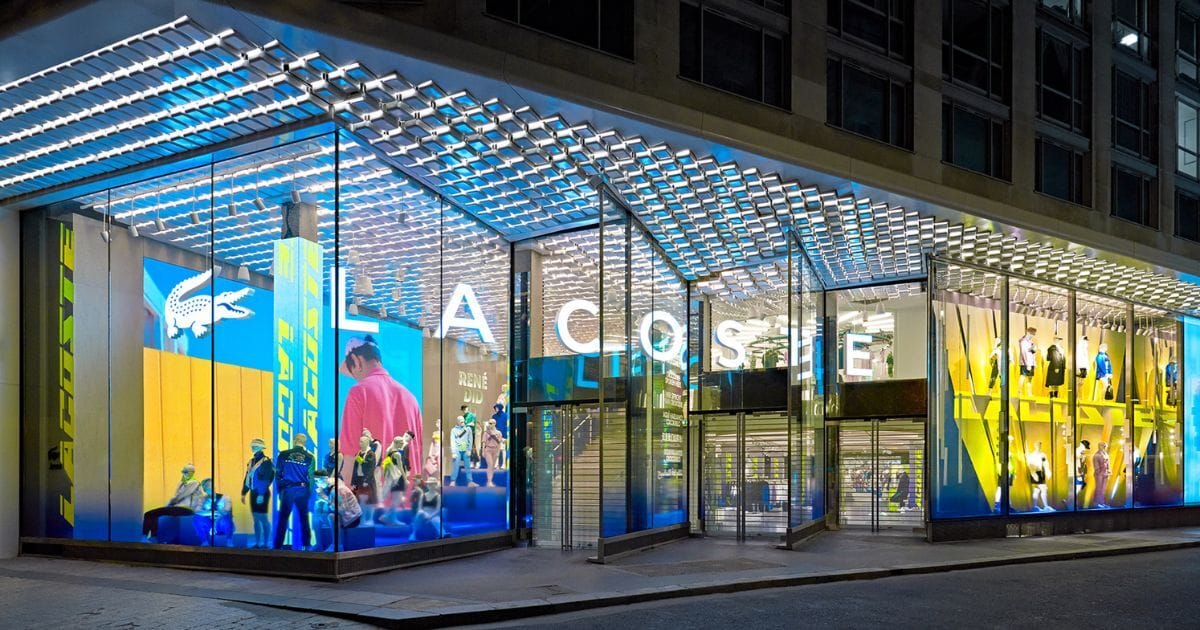
retail rapid-fire round
fave retail store of all time?
Lacoste Arena: perfectly balancing brand communication, experience & product presentation
retail center that gets it right?
Galeries Royales St Hubert, Brussels: retail design history which stays fresh
can’t live without retail tool?
My PhD results! >_<
retail metric you obsess over?
Combinations of quantitative AND qualitative customer data: observations, surveys + interviews
your signature style of merrymaking?
Brunch + an art show with my daughter & closest friends
best retail advice you've ever received?
“Understand the rules of the game, then break them!”
what do you love about working in retail?
The constant innovations

connect with elisa
what strikes me most about elisa is how genuinely passionate she is about retail design. passionate enough to spend years researching what actually works, not just what looks good. her energy for this work is contagious & her willingness to share everything she's learned feels like a gift to the industry.
🔗 link up here:
elisa's blindfold test for retail design just broke my brain. if you can't tell which store you're in without seeing the logo, you've failed at the most basic level of branding.
you might as well just sell from your warehouse at a much cheaper rent.

p.s. thanks to today’s merry partner, instaheadshots. if you don’t remember the last time you updated your headshot, they’ve got you. click to learn more!
Don’t settle for an average profile photo
Look like someone worth hiring. Upload a few selfies and let our InstaHeadshots AI generate stunning, professional headshots—fast, easy, and affordably.
